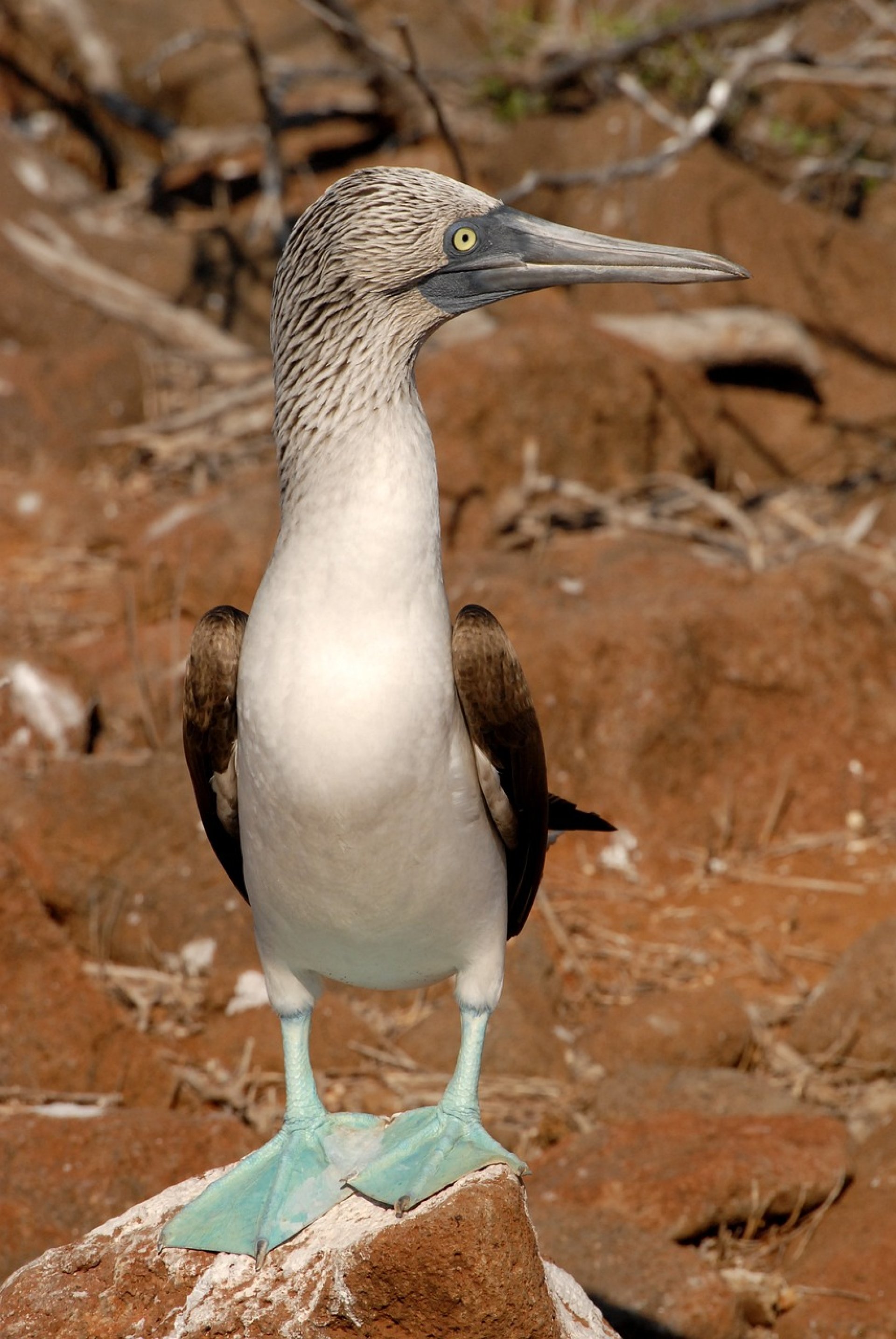Luxury Rooms | Casa Gangotena
These rooms are located on the first, second, and third floors.

These rooms are located on the first, second, and third floors.

Family cruise completely renovated in January 2020, this cruise is designed for those who want to live a hassle-free travel experience at an attractive price.

Visit the amazing Galápagos Islands to discover their unique flora and fauna with this wonderful island hopping experience.

Cotopaxi volcano, standing at 5,897 meters, is one of the highest active volcanoes in the world. The National Park is a vast and beautiful territory made up of pine forests, lagoons, and trails where you can engage in adventure activities. One of them is the bike tour, which we combine with a hike to the first refuge of the Cotopaxi volcano.

Immerse yourself in the heart of the Amazon and discover a world where adventure and culture are intertwined in every experience. At the Napo Cultural Center, we offer a variety of tours that will allow you to get to know the jungle in an authentic and close way.

Enjoy nature with your family, friends, or partner in inflatable kayaks on a calm river. Immerse yourself in the natural beauty of the jungle, paddling through crystal-clear waters. This is recommended for those without experience who are seeking a new adventure!
The Cuyabeno Wildlife Reserve, located in the Ecuadorian Amazon, is one of Ecuador’s most fascinating tourist destinations and a true natural paradise for lovers of ecotourism, biodiversity, and indigenous culture. Situated in the province of Sucumbíos, in the northeastern part of the country, this protected area covers approximately 603,380 hectares of tropical rainforest, making it one of the largest reserves in Ecuador. Cuyabeno is famous for its rivers and lagoons, its rich fauna and flora, and its important role in the conservation of fragile Amazonian ecosystems. Additionally, it is home to several indigenous communities that have kept their traditions alive over time, enriching the tourist experience with a unique cultural component.
Biodiversity and ecosystems
The Cuyabeno Reserve is globally renowned for its biodiversity. The variety of habitats within the reserve—flooded forests, lowland tropical forests, swamps, and lagoons—harbor an astonishing amount of wildlife and plant species. More than 550 species of birds have been recorded, including parrots, macaws, toucans, and hawks, making it a paradise for birdwatchers. Furthermore, Cuyabeno is home to iconic species such as the pink river dolphin, black caiman, anacondas, jaguars, tapirs, capybaras, and a great diversity of monkeys (such as the howler monkey, capuchin monkey, and squirrel monkey).
The rivers of the reserve, like the Cuyabeno River, are the main life systems that sustain the area’s diverse ecosystems. The hydrographic system of the reserve includes 14 lagoons that drastically change between the rainy and dry seasons, providing a stunning visual spectacle and opportunities for ecotourism such as canoe trips, wildlife observation, and jungle exploration tours.
Tourist activities in Cuyabeno
Tourism in the Cuyabeno Reserve focuses on ecotourism and immersion in nature. Tours are usually organized by local operators or indigenous communities and typically last several days, allowing visitors to fully experience the richness of the tropical rainforest. Some of the most popular activities include:
Commitment to sustainability
Tourism in the Cuyabeno Reserve is characterized by being low-impact and sustainable. Most lodges and tour operators work closely with local indigenous communities, ensuring an authentic experience for visitors and ensuring that the benefits of tourism reach the populations that have inhabited these lands for centuries. Additionally, many tour operators follow strict conservation protocols to minimize environmental impact on the area’s fragile ecosystems and are committed to preserving biodiversity and responsible waste management practices.
How to get to Cuyabeno
Access to the Cuyabeno Reserve typically begins in the city of Lago Agrio, which is connected to Quito by domestic flights and buses. From Lago Agrio, visitors are transported by vehicle to the reserve’s port, where the canoe journey to the lodges begins. Most tours include transportation, accommodation, meals, and guided activities, making trip planning easy.
Best time to visit
The climate in the Amazon region is warm and humid year-round, with temperatures ranging from 20°C to 30°C. However, the rainy season (from March to September) and the dry season (from October to February) can affect the travel experience. During the rainy season, rivers and lagoons are fuller, allowing for more navigation and access to different areas of the reserve, while the dry season offers better conditions for walking on jungle trails.
Why visit Cuyabeno?
The Cuyabeno Reserve is an exceptional destination in Ecuador that combines adventure, biodiversity, and indigenous culture in one place. Travelers looking to disconnect from the modern world and immerse themselves in nature will find a transformative experience in Cuyabeno. With its astounding biological diversity, rich cultural heritage, and commitment to sustainability, Cuyabeno is not only a place to discover the Amazon, but also a place to reflect on the importance of preserving one of the planet’s most valuable ecosystems.